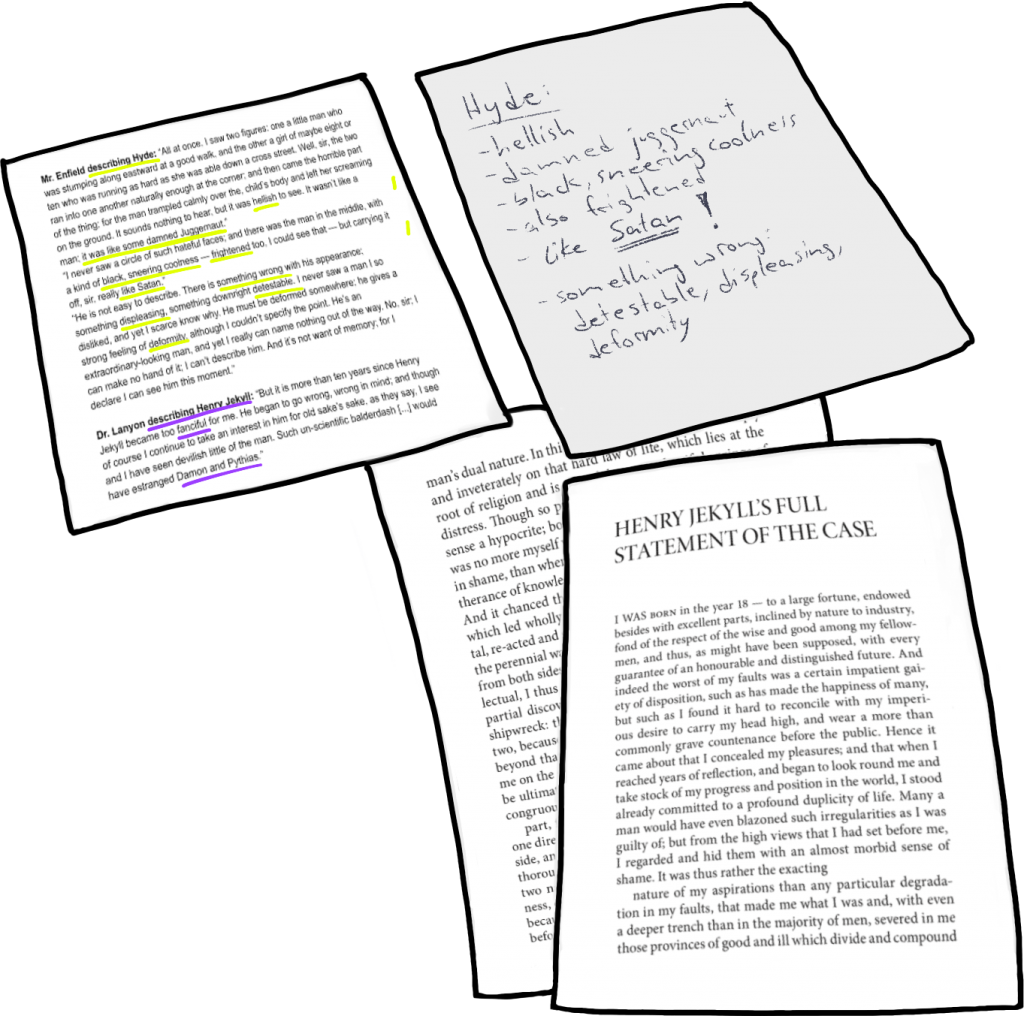- The level of difficulty corresponds to level B1/B1+ of the CEFR.
- It takes about 30 minutes to experience the whole story.
- The current version runs only on computers and laptops.
Pre-Playing
We recommend asking your students to start with our prepared warm-up ACTIVITIES to get used to listening to the voices and become familiar with unknown vocabulary, chunks and patterns.
Of course you can create additional exercises. Our lists of potentially unknown words might help you.
You could also ask your students to make assumptions about the story, as working with the vocabulary might already reveal some information.
Lists of vocabulary, chunks and patterns
While-Playing
If necessary, you can support your students with the story’s transcript. Apart from that, we recommend not interrupting the game experience. Students can play at home, in class together with a partner or together with the whole class mirroring the game on a large screen. Depending on how you intend to use the game in class, it may be good to ask students to play the game twice, so they can focus on the game experience first and on details or while-playing tasks when playing a second time.
WHAT’S NEXT?
Speaking: If playing together on a large screen, ask students to…
- make assumptions on how the story might go on and what to expect in the next room
- discuss what to do next
- make suggestions on how to open the next door
Characters
Students can take notes on each character. You find a solution in the story’s transcript.
Mapping
Ask your students to fill in the floor plan or even create their own one. For example, you can add…
- starting point
- room names
- codes or keys you need to open the door
Post-Playing
The story offers numerous aspects to discuss in class. These can be related to “Strange Case of Dr Jekyll and Mr Hyde” or rely on the final decision to be made in the story.
In the section ACTIVITIES students find the original text “Strange Case of Dr Jekyll and Mr Hyde” (1886) by Robert Louis Stevenson as well as some links that appear in the game.
Who is Mr. Hyde?
Reading: In the game the protagonist mentions parallels to Stevenson’s story. Right next to the recorder playing this audio message players find one page of “Strange Case of Dr Jekyll and Mr Hyde” with sentences highlighted in two different colors. Next to this there is a list with bullet points characterizing Mr. Hyde. Ask your students to extract phrases describing Dr. Jekyll in one color (search for the text passage “Mr. Enfield describing Hyde”) and those referring to Mr. Hyde in another one (passage “Dr. Lanyon describing Henry Jekyll”) and discuss what kind of parallels Dr. Davis might have had in mind.

Office_CloseUp_TableSmall 
Audio Message: Office_CloseUp_TableSmall_RecorderButton3
THE ENDING
Speaking: Discuss the ending and aspects influencing the players’ decision. How did your students like the ending? Is there a right or wrong decision?
